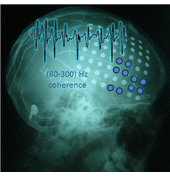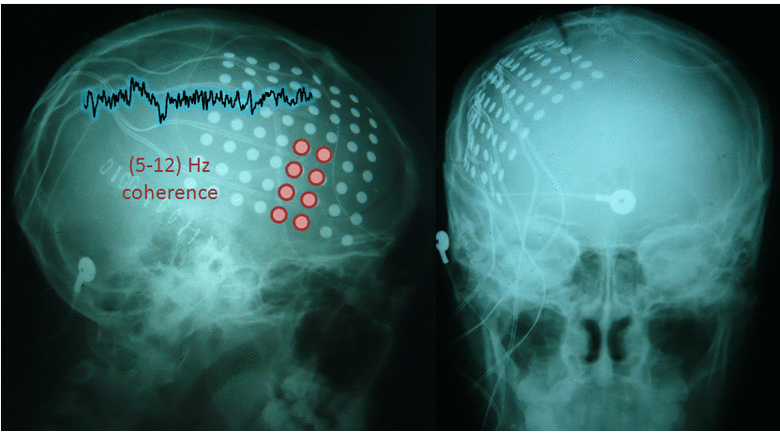Marija Cotic,Yotin Chinvarun, Martin del Campo,Peter L. Carlen,and Berj L. Bardakjian, University of Toronto, Canada; Hospital, Bangkok, Thailand; Toronto Western Hospital, Toronto, Canada
With the advent of new recording techniques, fast electrical activity (>80 Hz) has become a new focus in brain research. The presence of fast activity in the brain has highlighted a potential involvement in both physiological and pathological functions, necessitating a need for further characterization. In the epileptic brain, the seizure state is associated with enhanced neuronal synchrony. As such, coherence techniques present as an attractive approach for the study of coupling patterns in various frequencies, both slow and fast, in the epileptic brain. Whereas numerous groups have explored low-frequency (<100 Hz) coherence, in relation to non-seizure and seizure activity, the relationship between slow and fast oscillations in intracranial EEG signals recorded from the epileptic brain has yet to be fully explored. We retrospectively examined the relationship between the spatiotemporal coherence patterns of slow (<80 Hz) and fast (80-300 Hz) electrical oscillations in the brains of patients undergoing pre-surgical evaluation of drug resistant extratemporal lobe epilepsy (ETLE). We observed clusters of electrodes with strongly cohered slow oscillations-in between seizures-which typically exhibited strongly cohered fast oscillations-during seizures. Furthermore, this region of spatial overlap, exhibiting both slow and fast coherence, was within close proximity-or contained within-the resected cortex of patients with improved clinical outcome following epilepsy surgery. The results presented here suggest that the elevated coherence of slow and fast oscillations, during non-seizure and seizure states respectively, is preferentially localized to brain regions generating seizures. As such, we propose these electrical rhythms as potential epilepsy biomarkers for extratemporal lobe seizures.
Key Words: epilepsy, high frequency oscillations, low frequency oscillations, phase coherence


